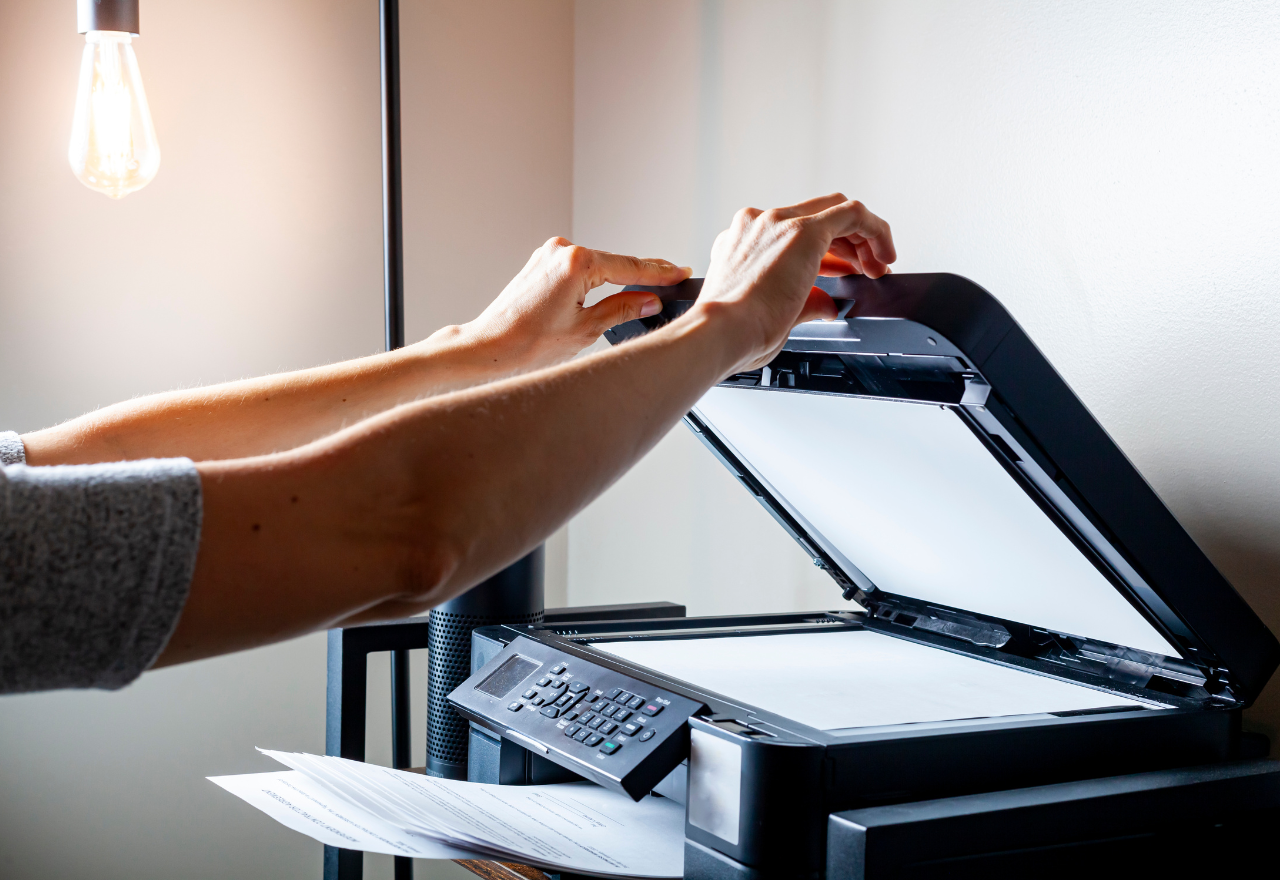The Real Deal on Choosing the Right Printer: Beyond the Marketing Fluff
07 November 2025, 8:40 PM

Let's be honest, printer shopping ranks somewhere between watching paint dry and doing taxes on the excitement scale. But here's the thing – get it wrong, and you'll be reminded of that mistake every single day. Whether you're running a bustling office or just need something reliable for home use, the printer you choose can either fade into the background (like it should) or become that annoying colleague who never quite pulls their weight.
Features That Actually Matter
Ever noticed how printer specs read like a foreign language? All those numbers and acronyms can make your head spin faster than a paper jam at 5 PM on a Friday. But really, most of us need to focus on just a few key things.
Print speed sounds impressive until you realize that "30 pages per minute" usually means under perfect conditions with the simplest possible document. The truth is, your actual mileage will vary pretty dramatically. What matters more is whether the printer can handle your typical workload without having a meltdown.
Then there's print quality. If you're mostly dealing with text documents and the occasional chart, you don't need museum-quality reproduction. But if you're printing client presentations or marketing materials, those subtle differences in clarity and color accuracy suddenly become very important.
Connectivity options have gotten pretty interesting lately. Sure, everyone expects WiFi these days, but mobile printing capabilities can be surprisingly handy. Picture this: you're rushing to a meeting and need to print something directly from your phone. When it works smoothly, it feels like magic.
The Real Cost Story
This part's a bit tricky, but it's where most people get caught off guard. The sticker price on a printer tells you almost nothing about what you'll actually spend.
Ink and toner costs are where manufacturers really make their money. It's like buying a cheap razor and then discovering replacement blades cost more than gold. Some printers practically give themselves away because they know they'll make it back on supplies.
Page yield numbers help, but they're based on pretty specific assumptions about coverage and content. Your actual results will depend on what you're printing. Heavy graphics and photos will drain cartridges faster than basic text documents.
Don't forget about maintenance either. Some printers need regular attention – cleaning cycles, part replacements, service calls. Others just keep humming along with minimal fuss. The reliable workhorses might cost more upfront, but they often save money and sanity over time.
Performance in the Real World
Here's where the rubber meets the road. A printer might look fantastic on paper (pun intended), but how does it actually perform day after day?
Duty cycle ratings give you a sense of what the manufacturer thinks their machine can handle. But there's a difference between what it can do and what it should do comfortably. Push a printer too hard, and you'll likely face more breakdowns and shorter lifespan.
Speed consistency matters more than peak performance. A printer that maintains steady output beats one that races through the first few pages and then slows to a crawl.
Reliability might be the most important factor of all. The fastest, cheapest printer becomes expensive real quick if it's constantly breaking down or producing poor results.
Making the Smart Choice
Actually choosing comes down to matching capabilities with your real needs, not your imagined ones. Think about your typical month of printing, not that one time you needed 500 copies.
Companies like Konica Minolta have built their reputation on understanding these practical considerations, focusing on machines that deliver consistent performance rather than just impressive spec sheets.
The best printer is the one you forget you have – it just works when you need it to.

